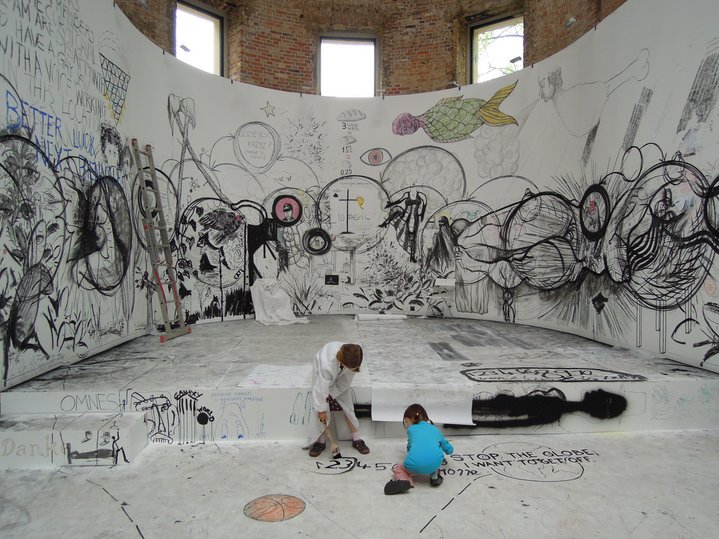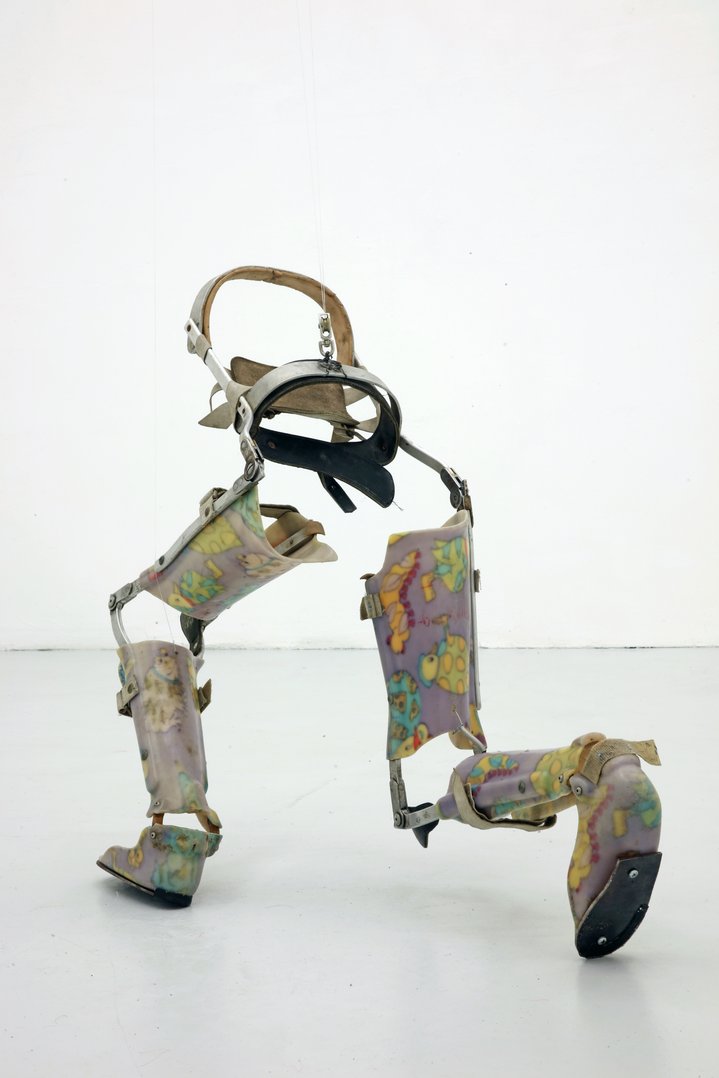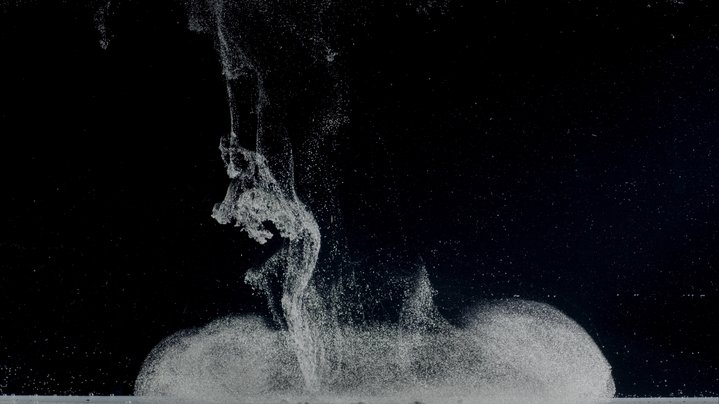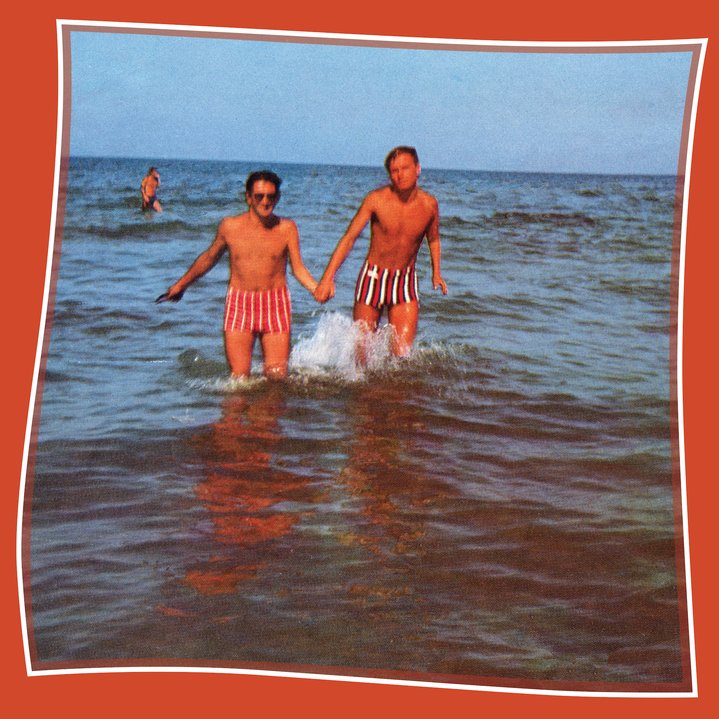Marguerite Humeau The Dancers III & IV, 2019 Polystyrene, polyurethane resin, fibreglass, steel skeleton, pollution particles. Courtesy the artist, CLEARING New York/Brussels. Image credit: Julia Andréone
An island of art by the shores of the Baltic
The second edition of RIBOCA, an ambitious new biennale in Riga, the capital of Latvia, has finally opened after a three-month delay, having taken over an abandoned industrial space, the island of Andrejsala
As a small country in the eastern part of the Baltic Sea, Latvia is not yet well known to art lovers. Its capital, Riga, boasts scattered masterpieces of Art Nouveau architecture, created at a time when this city was still the sixth largest in the Russian Empire. And it was in Latvia that the 20th century genius of abstract art, Mark Rothko, was born in 1903 in the provincial town of Daugavpils, 250 km southeast of Riga. His relatives regularly send that artist’s original works there for exhibitions at the art the Art Centre named after him.
Riga, however, is now aiming high. Its goal is to include Latvia and other Baltic region countries “in the global art context” of contemporary art. That goal was set by the St. Petersburg-born Agniya Mirgorodskaya, who is the founder and director of the Riga Biennale Foundation.
The first RIBOCA took place two years ago and literally stunned Latvians with its scale. It was spread over 20 city buildings, ranging from the the University of Latvia, the Riga Confectionery Factory to an old pavilion that sold tram tickets.
RIBOCA2 was originally supposed to open on May 16 and close on October 11, but COVID19 interfered. Optimistically named ‘And suddenly it all blossoms’, this year’s event was finally inaugurated on August 20.
Mirgorodskaya and the event’s French curator, Rebecca Lamars-Vadel, managed to take over an entire island in the centre of Riga, if only for three weeks. (The island of Andrejsala was named after the Apostle Andrew). A power plant and port elevators were built there in the mid-19th century. In Soviet times, it hosted the huge, concrete warehouses of Riga’s commercial port, but the port was gradually evicted from the city centre, hence the Biennale’s move to its brutal architecture.
The “blossoming” exhibition mainly takes place against a backdrop of late Soviet industrialism that include piles of wreckage, reinforced concrete, gas pipes and fragments of electrical cables.
The American artist Bridget Polk uses this industrial junk to build her incredible sculptures ‘Balancing Rocks and Rubble’. According to all the laws of physics, large pieces of debris should not stand on top of each other. But they do, clung together by an unknown force.
“It's all thoroughly thought-out, I've been honing this art for years,” the artist said when doubts were expressed about the sculpture’s resistance.
Close to Riga's first thermal power plant lurks a paintball field styled as a town built about 15 years ago. The field has long been abandoned and now Lithuanian artist Anastasia Sosunova (b. 1993) places mythical people in her invented town, ironically called ‘Habitaball’.
In another section, almost 1,000 logs have been driven into a small bay. The giant composition called ‘Currents’ was created by Lina Lapelyte (b. 1984) and Mantas Penraititis.
The theme of a forgotten or abandoned past is repeated in the film ‘Sounds from Beneath’ by Mikhail Karikis and Uriel Orlow, about the British coal mine closures in the mid-1980s. They perform a composition based on sounds the miners once heard underground.
The Argentinian artist Tomas Saraceno works with webs of different kinds of spiders and tries to show the endless system of interactions of the living world in this way. Unlike the previous exhibitions of this project, spiders themselves were not delivered to Riga to weave their intricate patterns on site, just huge photographs of their work were displayed.
The Russian artist and curator Nikolay Smirnov’s project called ‘Religion Libertarians’ tells the story of people who were enslaved by the Balts centuries ago. However, almost all the supposedly ancient costumes on display look a lot like old, dirty clothes made in China.
‘The House of Dugin’ by young Russian artist Mikhail Maksimov is the biennale’s most political work. Anna Starostina, the show’s guide, explains that Alexander Dugin is a Russian Eurasian philosopher who dreams of uniting a rational Europe and an irrational Asia “from sea to sea” and “restore the USSR, with a fascist ideology”. That installation was not understood by Riga journalists and, for some strange reason, was instead perceived as a promotion for that real Russian nationalist’s teachings.
The exhibition ends with the film ‘Ocean II Ocean’, which examines in detail the patterns on the marble walls of the Moscow Metro and then reproduces in no less detail footage of how used New York Metro cars are dumped into the ocean.













